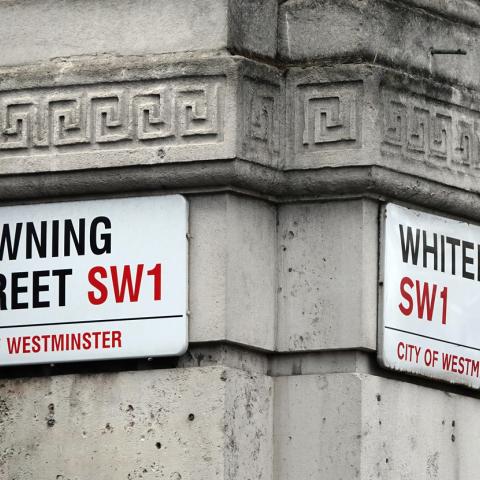How the comms industry has evolved in the 70 years since the Queen took the throne

In 1952 two veterans of the Second World War started new jobs that would see their individual brands grow into global sensations.
Daniel J Edelman was in the US where he would become the King of public relations, the other veteran, Elizabeth Windsor, would become the Queen of the United Kingdom.
Both represented something bigger than themselves and they both had grand visions for the future.
The evolving nature of the monarch’s reign has been examined from every possible angle, so instead, we will take a look at how the communications sector has evolved alongside it.
In the UK, the changing face of PR during the reign of Queen Elizabeth was a little slower to pick up pace compared with the US, but most agree it came of age in the late 1970s during the rise of Margaret Thatcher.
She famously hired Saatchi and Saatchi in 1978 for her election campaign and, although they primarily managed the marketing side of matters, it was the start of a slide into more involvement from comms professionals.
Thatcher would call Tim Bell – latterly Lord Bell – her “favourite spin-doctor and confidant” and the comms chief would become a firm fixture in the lunchrooms of the City, where he wined and dined newspaper editors.
His own story of building and subsequently burning Bell Pottinger is a strong example of how – like the monarchy – the industry must evolve to remain relevant.
Back with Thatcher, one of her key policies was the opening up of financial markets and the privatisation of key industries.
These were big, industrial utility companies that had spent decades being undermined and talked down by successive governments.
Suddenly, politicians needed comms professionals to sell them to the public and the City, and turn dull utilities into nimble tech-savvy growth opportunities – a “tech future” message that seems to remain a staple in boardrooms to this day.
Money was awash in the 1980s and privatised companies had the capacity to spend heavily on agencies and advisors to beat the competition – the UK PR industry had truly arrived.
By the 1990s it was clear Tony Blair’s New Labour would want to keep advisors close, under the careful eye of Alastair Campbell who would make communications a key part of the government’s strategy.
The symbiotic relationship between comms, government and thirsty journalists would continue convivially for a decade, with those in the industry able to stretch their legs, plot in pub corners and spend the weekends in each other’s pockets.
But that would all change.
The financial crisis in 2008 would be for the comms and media industries what Diana’s death was to the monarchy 11 years earlier in 1997. They would all need to evolve or collapse and, for both institutions, they chose the former.
Journalists quickly realised they had been too close to business and government. The comms industry realised they had to professionalise and quickly. Companies realised they could no longer rely on goodwill from the media and the public.
And so, we are now in the new age of the comms world.
Like the monarchy, its role 70 years on remains as relevant as ever. But it is clear, the comms professional has had to evolve.
The responsibilities are greater and more varied. Communications is now all-encompassing, with customers able to play more active roles with companies.
Technology has made the way businesses engage with stakeholders change fundamentally and comms teams are now in full public view.
Today, communications agencies are striving to do things better. They are thinking carefully. They are emerging from the shadows and showing their workings. And, just like the Queen, the industry will evolve and grow to remain relevant for whatever iteration it takes on in the future.








